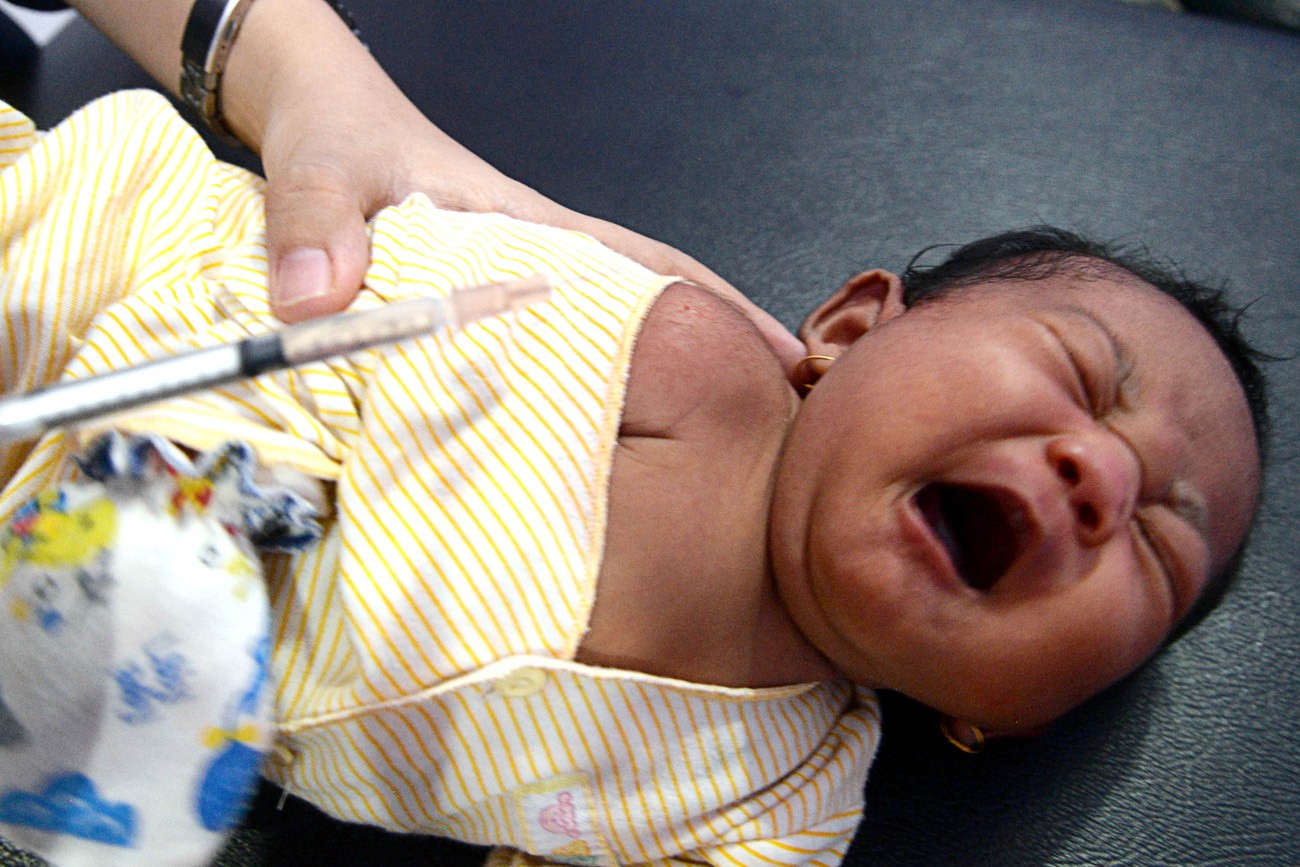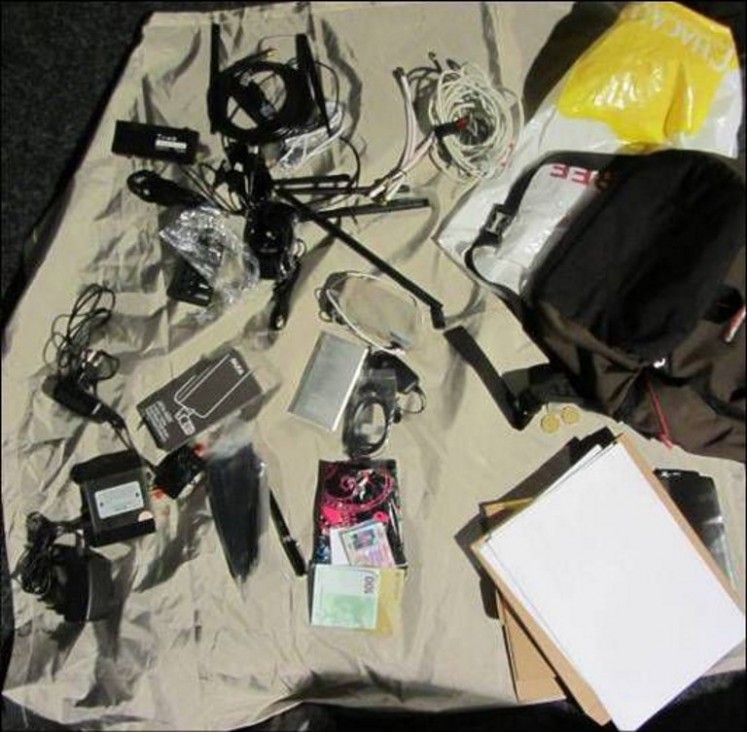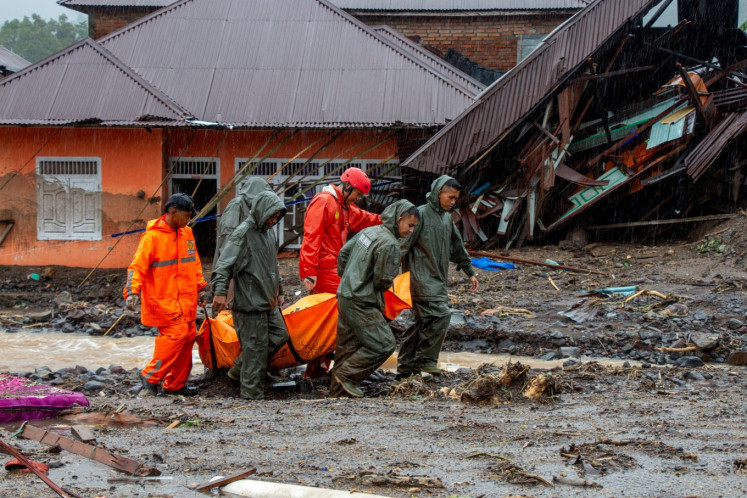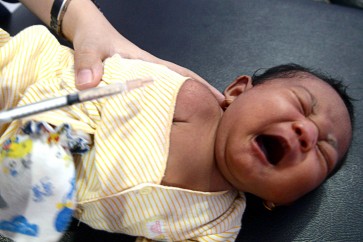Popular Reads
Top Results
Can't find what you're looking for?
View all search resultsPopular Reads
Top Results
Can't find what you're looking for?
View all search resultsDiphtheria panic and possible next success story
When a child vaccinates, they not only protect themselves, but everyone else around them.
Change text size
Gift Premium Articles
to Anyone
A
lmost a century has passed since the invention of the diphtheria vaccine in 1923, but unfortunately, the world is still not free from the disease, which was once called the “plague among children.” Known in the past as one of the most feared childhood diseases, diphtheria is transmitted through close physical contact and respiratory droplets of the Corynebacterium diphtheria bacteria.
In 5 to 10 percent of cases, the disease can lead to death. With swift action and appropriate antibiotics and antitoxins, diphtheria is treatable, but most importantly preventable.
The diphtheria vaccine is a bacterial toxoid, meaning it contains inactivated toxins of the bacteria. It is usually administered in the form of DPT, a combined vaccine that also prevents pertussis and tetanus and contains a tetanus toxoid and killed cells of the pertussis bacteria.
The World Health Organization recommends the three-dose primary vaccination series for children followed by a booster dose. A booster vaccine is given in order to increase a person’s immunity against a particular bacteria or virus to a protective level due to the decrease of protection that can occur over time.
The government has made the DPT vaccine, along with four other vaccines (hepatitis B, BCG for tuberculosis, polio and measles) compulsory for children in the national vaccination program. That is why the government has made these vaccines free and accessible at all primary healthcare centers.
Seemingly easy access to the vaccines for some may not be the case for others. Some, if not many, people live in remote areas or islands where public primary healthcare centers are far away and transportation options are limited, making it challenging to monitor vaccination coverage.
Also, there is no government policy that requires children entering schools to provide documents on proof of vaccination. Coupled with a lack of information dissemination and monitoring of diphtheria vaccination boosters, the chance for an outbreak has loomed, as is now happening.


















